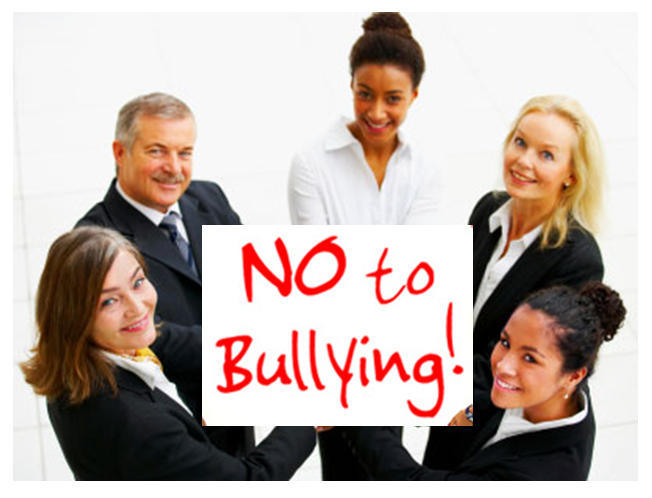
In “Workplace Bullying: A Tale of Adverse
Consequences,” Randy and Lori Sansone state that “workplace bullying is defined
as the repetitive and systematic engagement of interpersonally abusive
behaviors that negatively affect both the targeted individual and the work
organization” (32). If a superior constantly blasts anyone who offers
criticism, it is then a form of verbal/emotional abuse that could negatively
affect the workplace. If workers can no longer produce opinions or speak their
mind because they’re afraid, then there is obviously a grave problem.
If I was to confront my boss who was fierce, and
always shot down other people’s opinions, I would first prepare myself by brainstorming
some of the issues I want to mention, and then schedule a time with my boss. I
would collaborate with colleagues to come up with evidence and examples of
times in which he/she has negatively affected the workplace. We would then try
to come up with suggestions on how our boss as well as how we could better
improve the workplace environment. I
would also try to adopt the “you-attitude” throughout the meeting in able to
remain professional and to stay away from coming off as “being offensive.” I would end the meeting on a positive note by
focusing on a more positive future, and greater possibilities through a
compromised relationship.

Most people would encourage others to avoid
confrontation and to lay low, but a workplace bully could make the lives of
colleagues extremely stressful and dangerous to endure. It is healthy to speak about issues and to
come up with possible solutions, not to hide from it.
Works
Cited
Sansone,
Randy, A., and Lori, A. Sansone. "WORKPLACE BULLYING: A Tale Of Adverse
Consequences." Innovations In Clinical Neuroscience 12.1/2 (2015):
32-37. CINAHL Complete. Web. 15 June 2015.
No comments:
Post a Comment